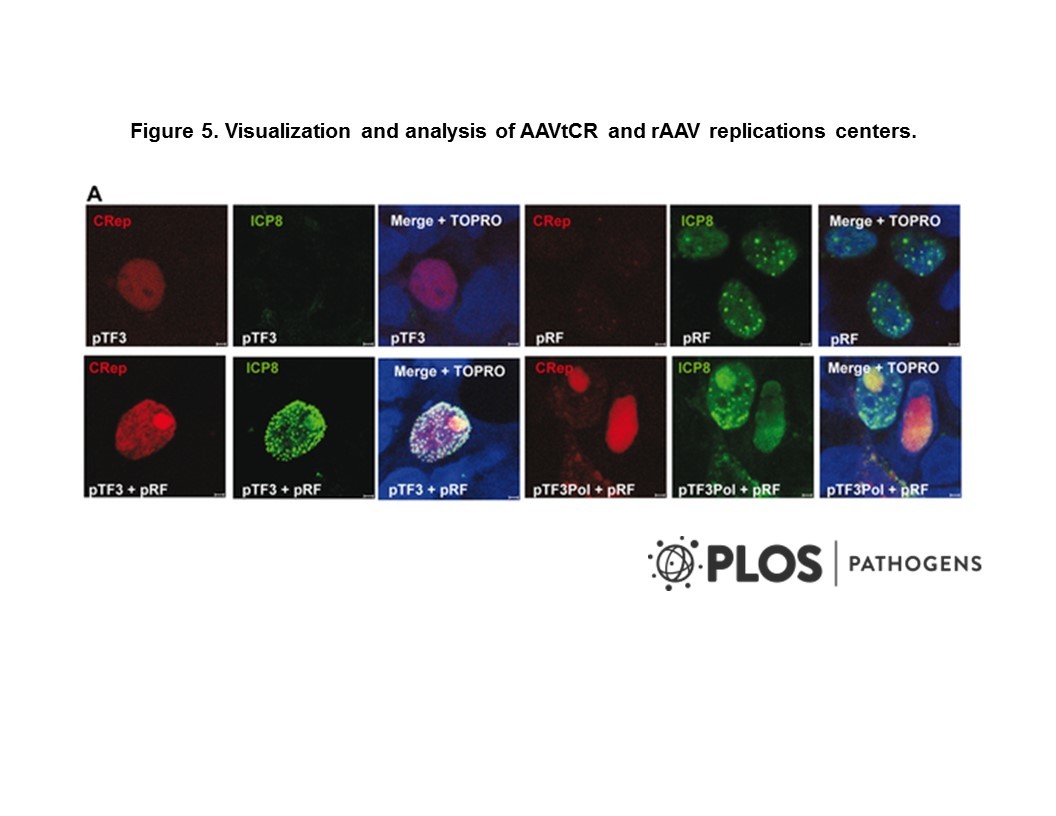
Cat. #157926
Anti-Xylogalacturonan [LM8]
Cat. #: 157926
Unit size: 100 ug
Availability: 10-12 weeks
Target: Xyloglacturonan (XGA) isolated from pea (Pisum sativum L.) testae.
Class: Monoclonal
Host: Rat
£300.00
This fee is applicable only for non-profit organisations. If you are a for-profit organisation or a researcher working on commercially-sponsored academic research, you will need to contact our licensing team for a commercial use license.
Contributor
Inventor: Paul Knox
Institute: University of Leeds
Tool Details
*FOR RESEARCH USE ONLY
- Name: Anti-Xylogalacturonan [LM8]
- Class: Monoclonal
- Conjugation: Unconjugated
- Host: Rat
- Description: Characterization of the LM8 epitope indicates it is a region of xyloglacturonan (XGA) that is highly substituted with xylose. Immunocytochemical analysis indicates this epitope is restricted to loosely attached inner parenchyma cells at the inner face of the pea testa and does not occur in other cells of the testa. Elsewhere in the pea seedling, the LM8 epitope was found only in association with root cap cell development at the root apex. Furthermore, the LM8 epitope is specifically associated with root cap cells in a range of angiosperm species. In embryogenic carrot suspension cell cultures the epitope is abundant at the surface of cell walls of loosely attached cells in both induced and non-induced cultures. The LM8 epitope is the first cell wall epitope to be identified that is specifically associated with a plant cell separation process that results in complete cell detachment.
- Recommended controls: IgG
Target Details
- Target: Xyloglacturonan (XGA) isolated from pea (Pisum sativum L.) testae.
- Target background: Characterization of the LM8 epitope indicates it is a region of xyloglacturonan (XGA) that is highly substituted with xylose. Immunocytochemical analysis indicates this epitope is restricted to loosely attached inner parenchyma cells at the inner face of the pea testa and does not occur in other cells of the testa. Elsewhere in the pea seedling, the LM8 epitope was found only in association with root cap cell development at the root apex. Furthermore, the LM8 epitope is specifically associated with root cap cells in a range of angiosperm species. In embryogenic carrot suspension cell cultures the epitope is abundant at the surface of cell walls of loosely attached cells in both induced and non-induced cultures. The LM8 epitope is the first cell wall epitope to be identified that is specifically associated with a plant cell separation process that results in complete cell detachment.
Handling
- Format: Liquid
- Unit size: 100 ug
- Shipping conditions: Shipping at 4° C
References
- Willats et al. 2004. Planta. 218(4):673-81. PMID: 14618325.




